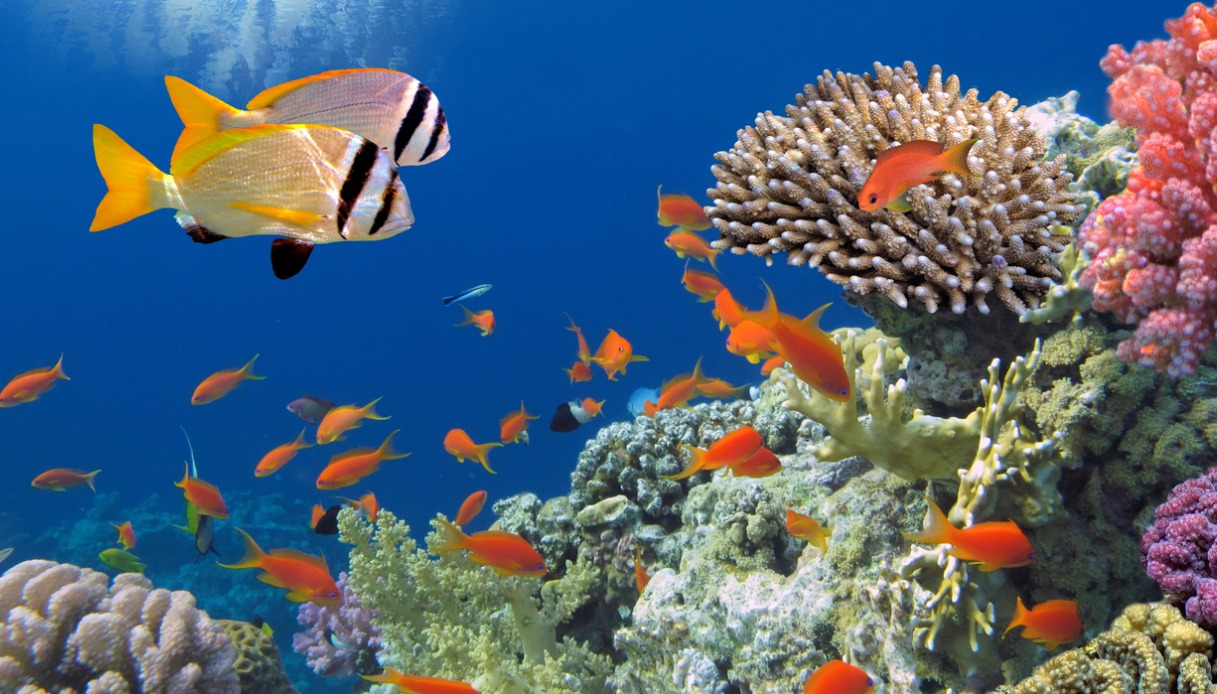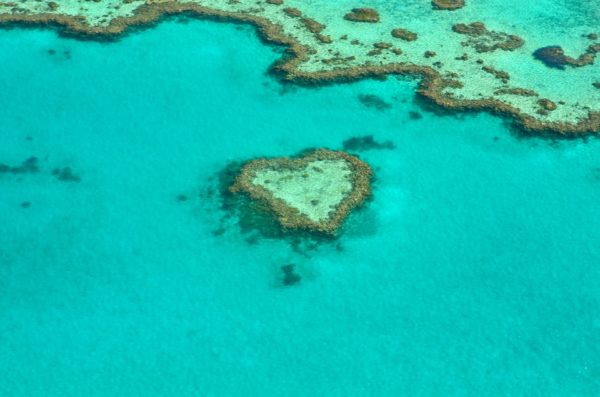WRITTEN BY FLAVIO OLMEDA
As soon as our eyes open to the “world below us”, the one made of water, the explosion of life and the colors of the Red Sea manifest themselves in an unmistakable and wonderful way.
While starting from a House Reef or from a boat, whether we are preparing for a dive or a snorkel, what immediately captures our attention is the wonderful and unique classic and characteristic population of the Red Sea.
Corals and madrepores are the undisputed colonizers of a part of the world that we all love. Of course, we are always led to look into the blue, to look for strange or gigantic fish, some even funny but all very colorful while life explodes below us and manifests itself in an incredible and continuous way.
What our eye sometimes does not see is instead the true essence of the Red Sea and the microscopic animals that built it are the real architects of this movement of the soul.
It is precisely the corals and madrepores, organized in sophisticated “good neighbourhood” relationships, that have created what is still possible to observe in places so close to us but extremely exotic.
These organisms, specialized in the art of colonization, are governed by sophisticated and fragile relationships which, as occasional visitors, we must learn to respect and preserve.
Corals can reproduce sexually or asexually by fragmentation. Sexual fertilization obviously takes place assuming the fertilization of the eggs by the spermatozoa. The madreporic reefs, almost all hermaphroditic, are able at different times to assume the opposite characteristics of the two sexes. In the female moment: they produce eggs, in the male moment: spermatozoa. This delicate sexual miscellany is governed by precise times: monthly, seasonal and in some cases yearly. There are two environmental factors that mainly influence the complexity of the reproductive period: the climatic/environmental factor and the astronomical factor.
The climatic/environmental factor because the maturation of the eggs takes place when the water reaches a certain temperature and the spermatozoa with warmer water, see the chances of survival considerably amplified.
The astronomical factor because immediately after the full moon, when the tidal flows are more contained, what is called the night of the corals begins at the same time and in all the seas of the world.
This phenomenon, which underlies the phenomenon of red tides, is also “mysteriously” replicated in aquariums around the world. After the reproductive phenomenon has finished, the new colony has the foundations to be able to develop and, over time, contribute to the construction of fabulous and beautiful architecture.
Reproduction by fragmentation takes place where environmental conditions are influenced by extreme conditions. Extreme for such delicate organisms as corals are. Important current flows, pebbly or gravelly bottoms are not the best conditions for the development of a new colony. A current that is too strong, for example, would drag eggs and sperm away from each other, preventing them from meeting. Reproduction by fragmentation, unlike the previous ones, is much faster. The development base of any colony is limestone. This is produced by microscopic algae, the Zooxanthellae present in the cells of newborn polyps. The calcium necessary to build the external skeletons of the madrepores is absorbed directly by the water, because it is dissolved in ionic form (CA++) . Thanks to the combination of bicarbonate ions (HC0-3) it is transformed into solid calcium carbonate (CA(HC03) 2) by dissociating the carbonic acid H2C03. Thanks to chlorophyll photosynthesis, the Zooxanthellae synthesize amino acids, sugars, starches and glycerols, release oxygen and minimize the fumes of the coral itself which lead to the dispersion of nitrogen, phosphorus and carbon dioxide in the environment. Carbon dioxide which, dissolved in water, gives rise to carbonic acid, is one of the most dangerous enemies of the coral itself. It is in fact able to dissolve the limestone structure of the external coating. The action of the Zooxanthellae and in particular, the oxygenation they guarantee, makes it possible to contain the levels of carbon dioxide and consequently of carbonic acid by “diluting” it in the water surrounding the colony.



